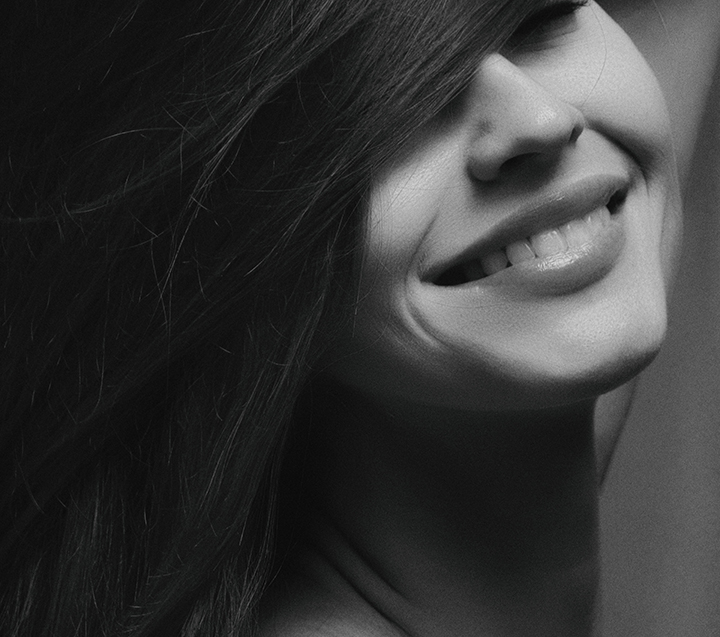Getting to Know Your Lower Face
Image Upsplash
Once deemed “off-limits,” practitioners have now mastered the lower-third of the face. Botox treatments around the mouth, chin and neck—especially combined with the appropriate fillers—will lend a more balanced result. These four muscles in particular can benefit from injections:
1) The Chin: MENTALIS
The mentalis is a paired central muscle of the lower lip, situated at the tip of the chin. Injections into the mentalis are relatively simple to perform, and patient satisfaction is typically high.
2) The “Frown” Muscle: DEPRESSOR ANGULI ORIS
This facial expression muscle is associated with frowning. (It also engages when your child’s principal is calling you at work.) In many patients, fillers are used to buttress this area and restore a horizontal orientation to the corners of the mouth. However, some patients benefit from the injection of small amounts of Botox.
3) The Neck Muscle: PLATYSMA
The neck is actually a broad sheet arising from the fascia covering the upper parts of the pectoralis major and deltoid; its fibers cross the clavicle, and proceed obliquely upward and medially along the side of the neck. The necks of many patients undergoing facial rejuvenation with toxins or fillers may also benefit from treatment with these agents because they also have platysmal banding.
4. The Kissing Muscle: ORBICULARIS ORIS
The muscles around your mouth are not actually circular (or a sphincter), but rather a complex of four interlocking muscles in the lips that encircles the mouth. Its actions cause pursing of the lips and, over time, result in etched-in lines around the mouth. Ablative resurfacing using lasers or abrasion can reduce these rhytides, but the underlying actions of the orbicularis will cause them to reappear. Fillers, particularly the collagens and hyalurons, may be used to treat them. However, when treating these rhytides, small amounts of Botox injected in strategic locations will enhance the outcomes.





